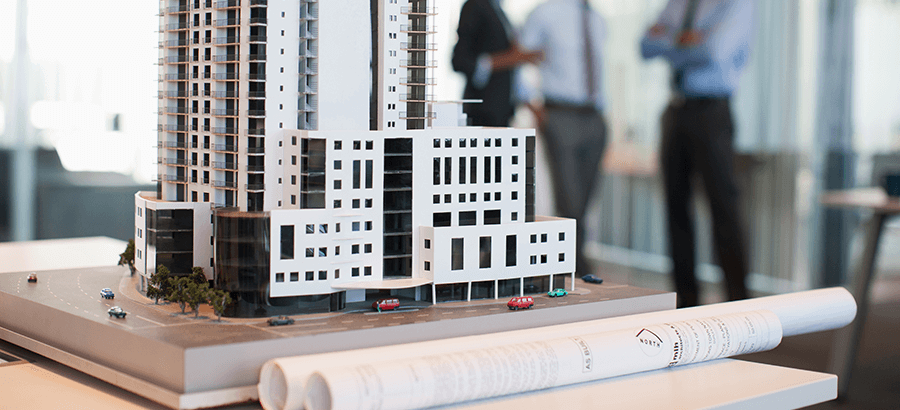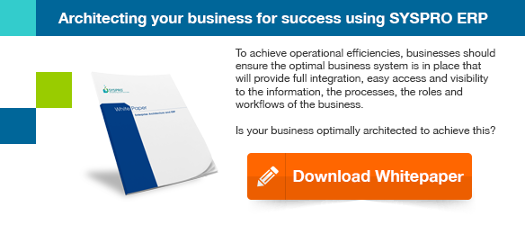In my previous blog on Architecting your business I discussed the broader benefits that can be gained from applying an architectural approach to your business, the information, the processes and technology.
But the benefits will not be realized if your architecture does not take into account the people in your business, as well as the workflows.
Architecting for people.
When architecting solutions, it is important to know who the users of the solution will be and to design the architecture for their respective purposes. These can include employees who require their processes to be enabled by technology, employees who are geographically dispersed, suppliers who are required to integrate with the business and customers who require easier access to products, services and information.
The desired solutions can be offered in whatever format or medium the enterprise requires. It should make its resources and information available when and where the respective users need it; anytime, anywhere, and in any possible manner. Access to systems and information can be made available, with full consideration of the required security controls, from the desktop or remotely through mobile devices or the Cloud.
This information will enable the business systems architect to accommodate various role requirements in the system, and to provide for better interaction with customers, suppliers and other systems. The result is that the technology solutions align the business much more effectively with its people and their processes.
Users will quickly recognize the familiar “look and feel” of the enterprise which will permeate all of the business activities (and documentation generated by the architecturally designed systems). This leads to better efficiencies and reduces risk. This familiarity will also result in faster learning for new employees and reduced downtime when upgrading to a new version.
Workflow and business process modeling
The results of enterprise architecture all contribute to continuous improvement as any good business improvement process should. Workflow design and business process modeling are at the heart of Enterprise Architecture.
Workflow allows for collaboration between people, documents, software and systems. Each workflow diagram shows a beginning and an end, and outlines a set of tasks in the order in which they are performed, and by whom, leading to an intended outcome. In the workflow, provision is then made for monitoring through control points, report generation and time management of the process.
By the same token, information and documentation flow has to be charted. However well automated, management must at all times be able to track and monitor the flow of information and documents through the system, linking them to particular steps in the KPI process flow.
Finally, provision must be made for historical and current data to be extracted and viewed in formats that will facilitate more reliable and valid forecasting to enable effective strategic, tactical and operational insights and decision-making.
This level of transparency requires the technology to drive methods and processes that can transform raw data into meaningful information. To be truly effective for this purpose, data must have high credibility and data capturing must be done to strict and clear audit trails. The ability to access performance metrics and to do the benchmarking that enables effective management of business processes is dependent on full disclosure and complete transparency of data.
Analytical capability must also be provided for. This architecture will identify components for data mining, statistical analysis, predictive analytics and modeling, as well as for data visualization and an executive information system to serve reporting needs.
Is your business optimally architected to achieve operational efficiencies?







